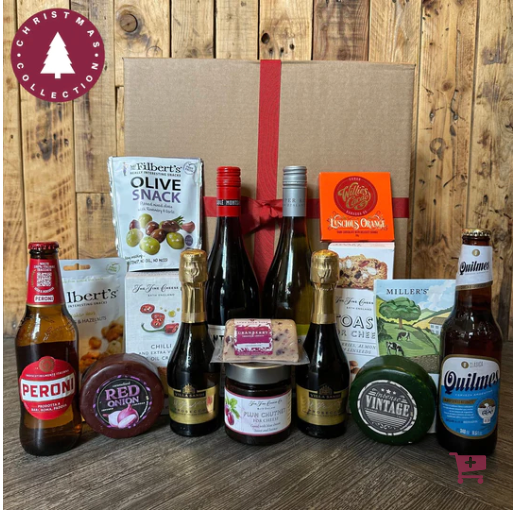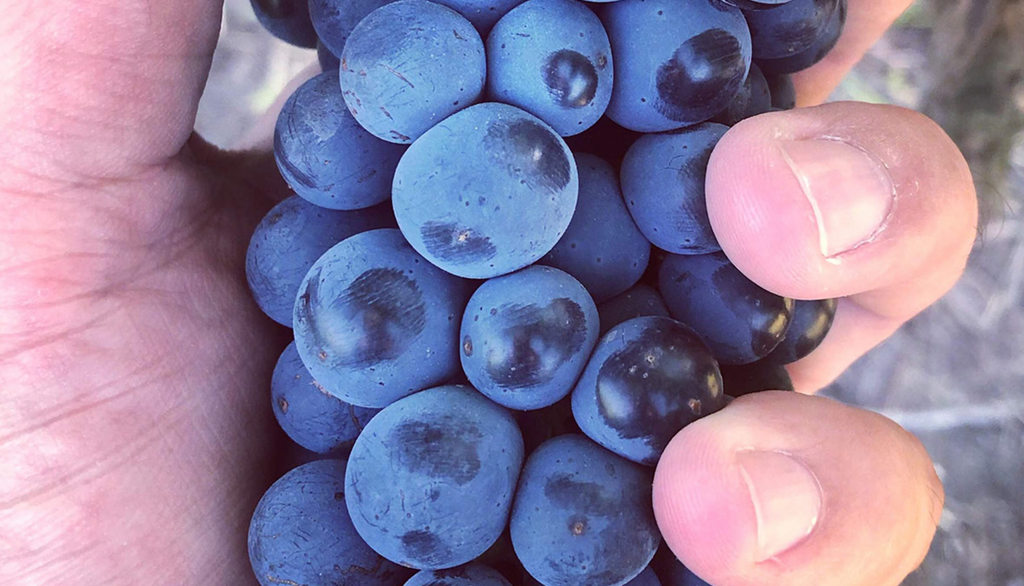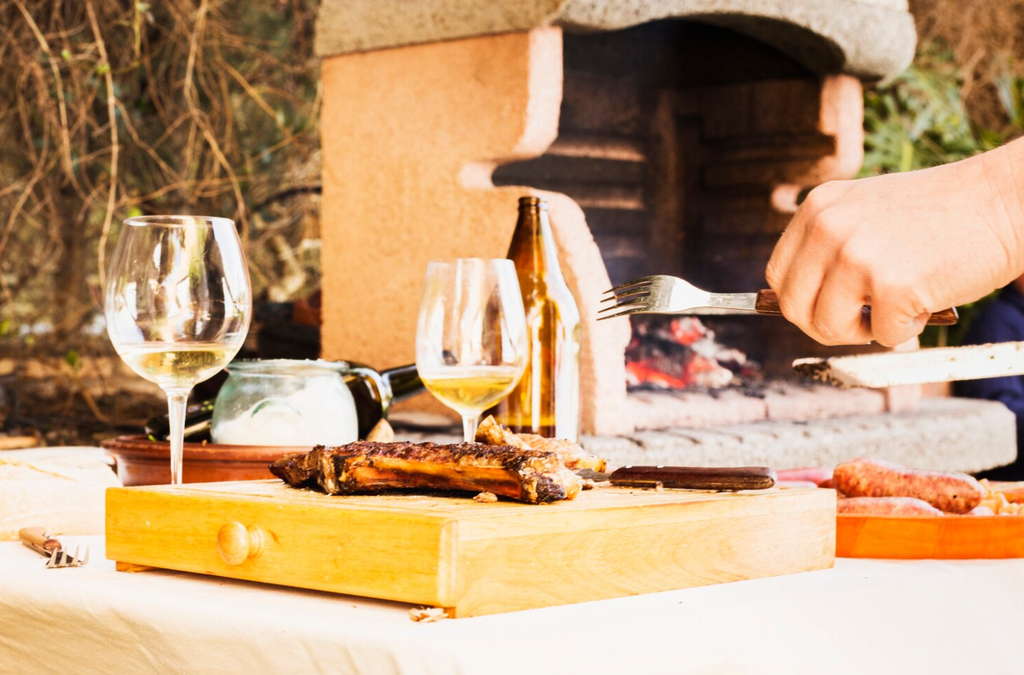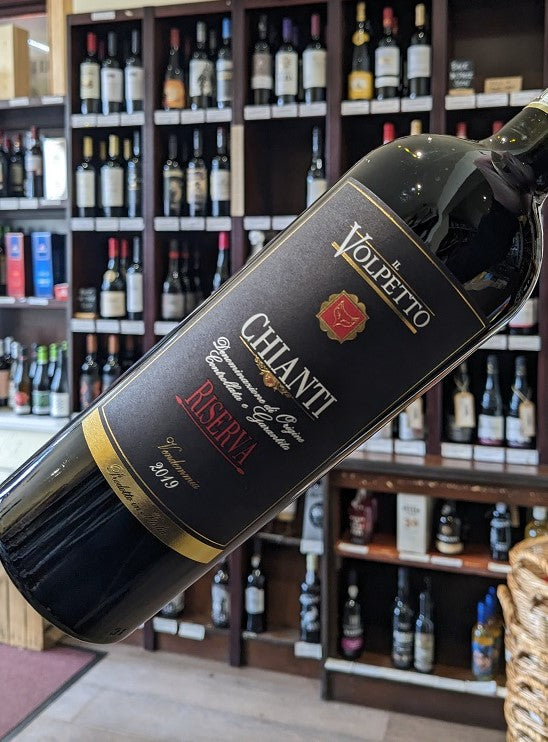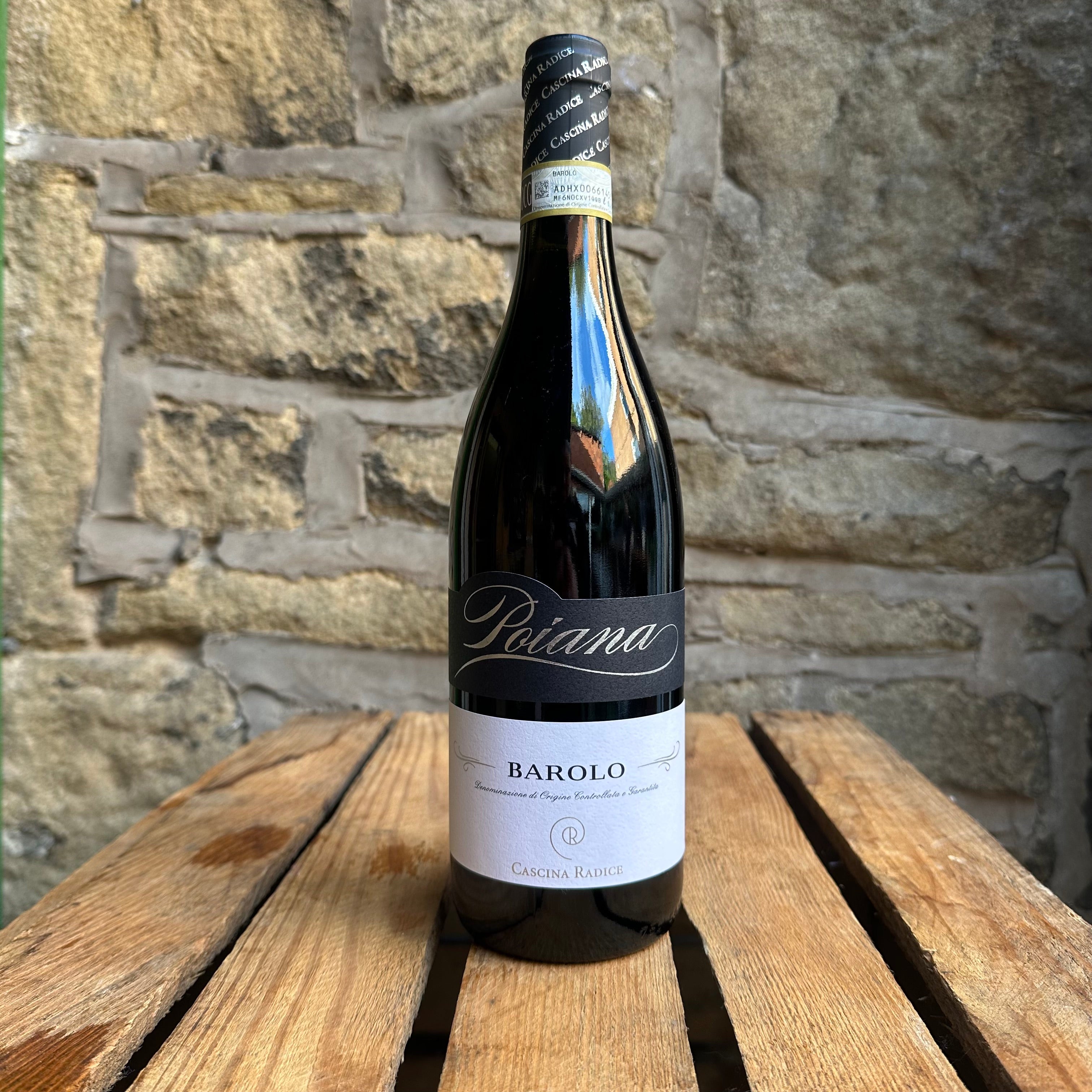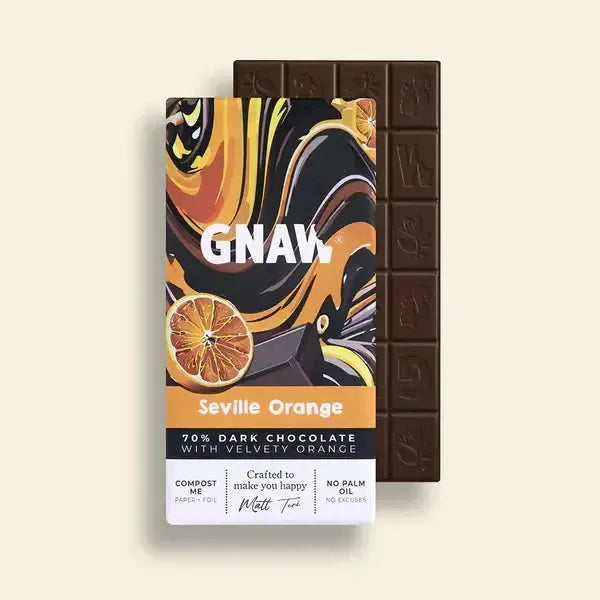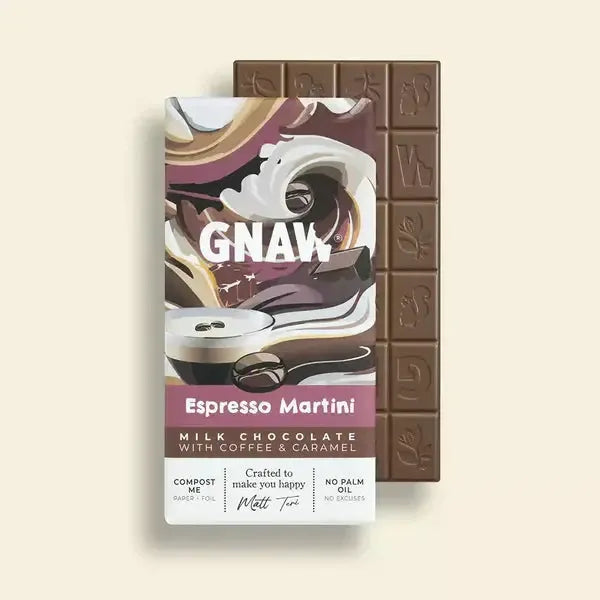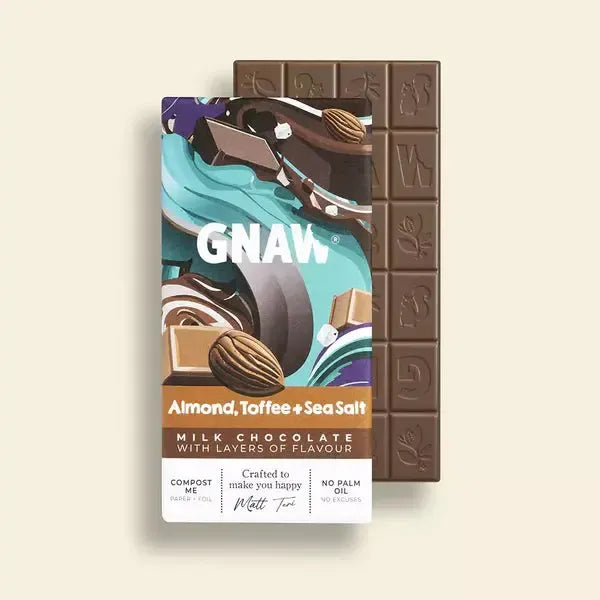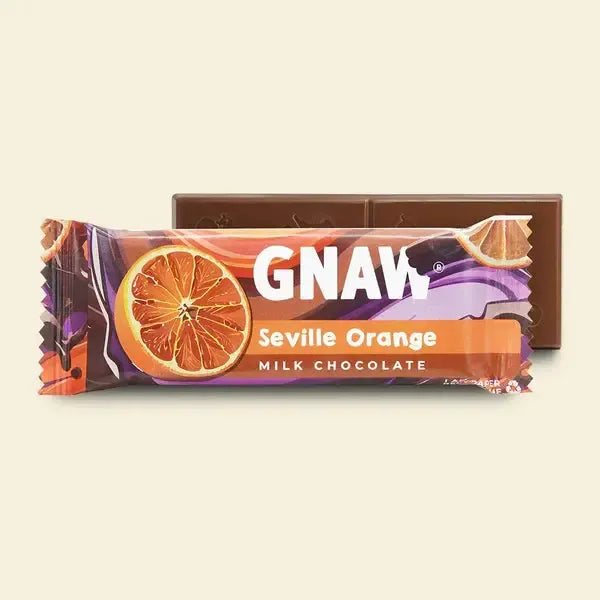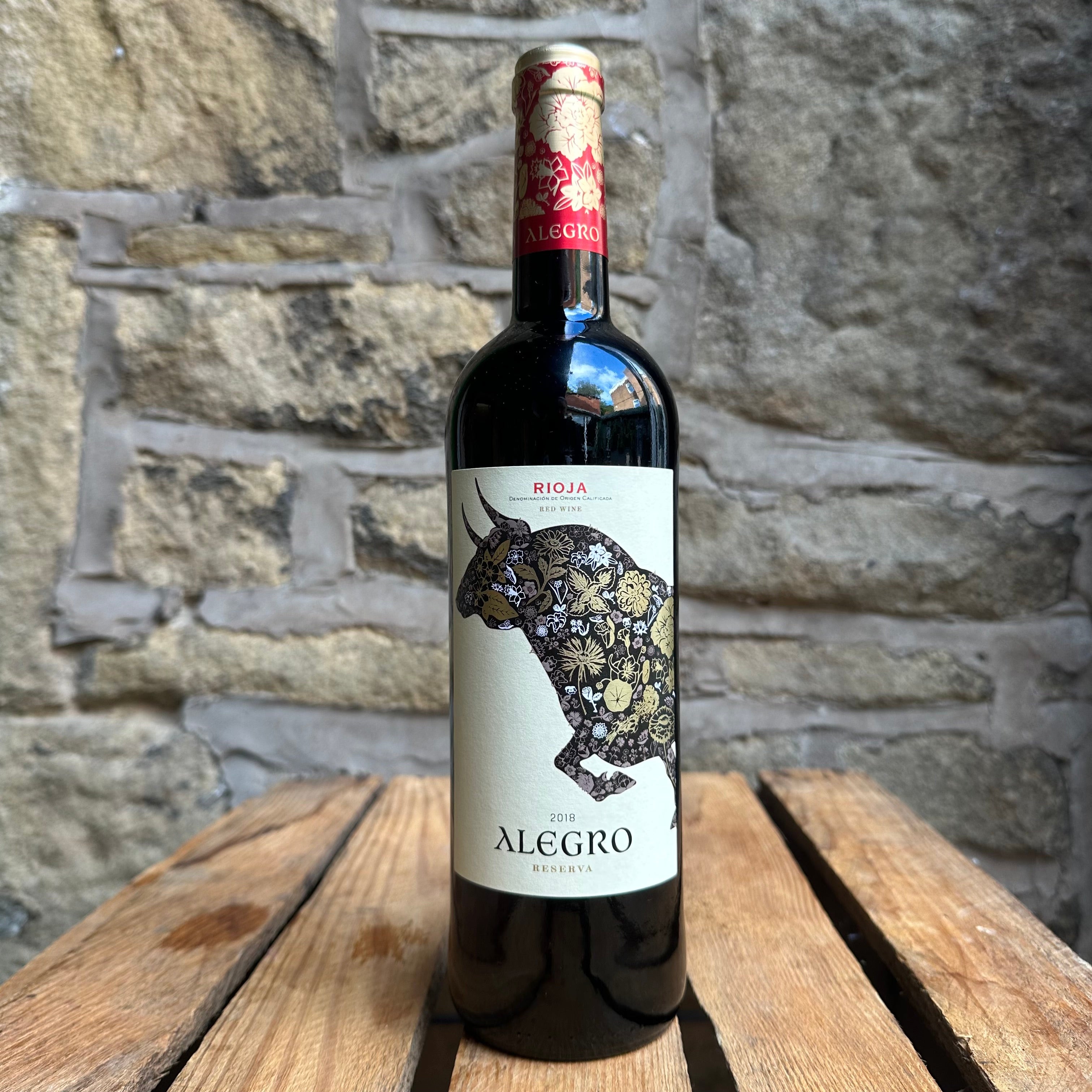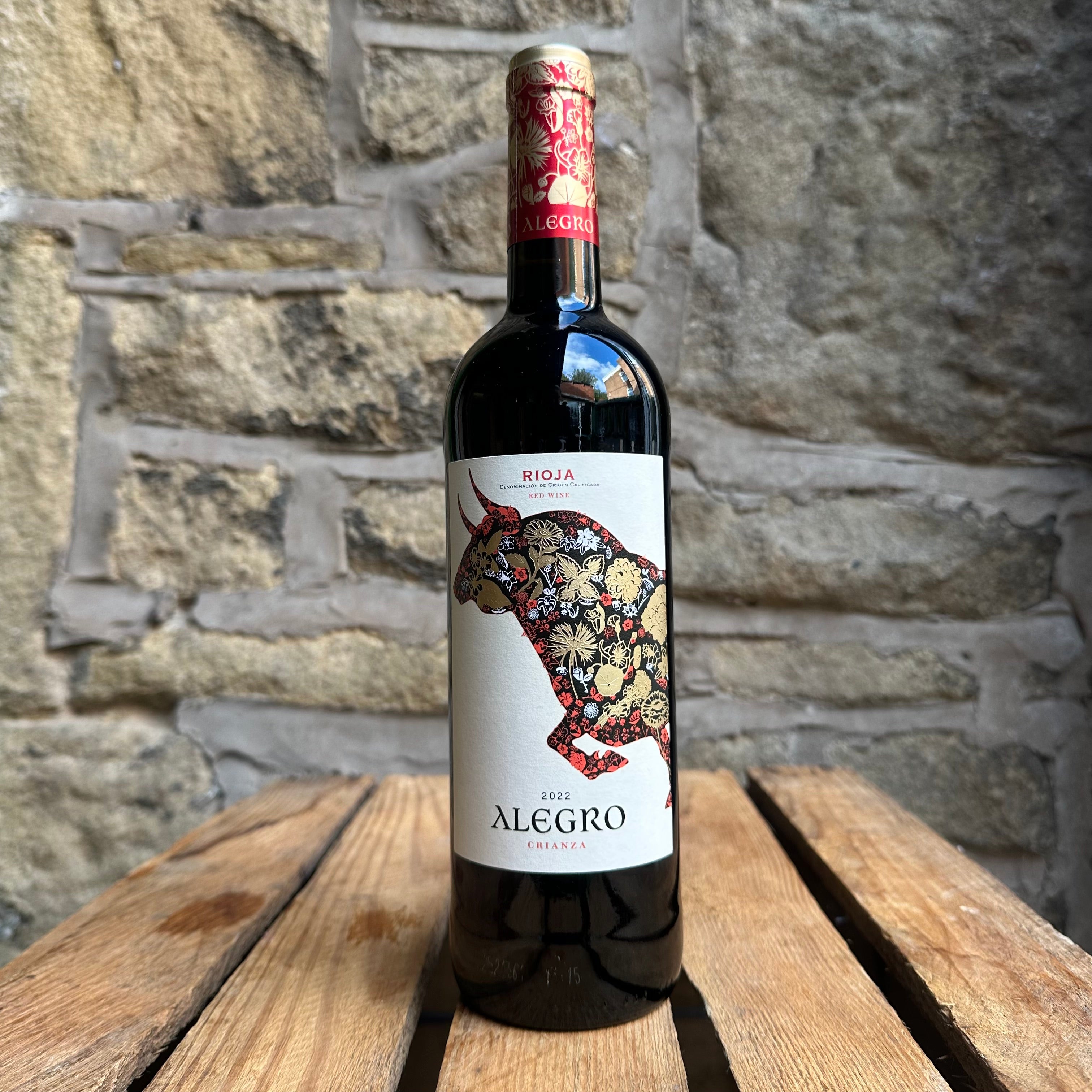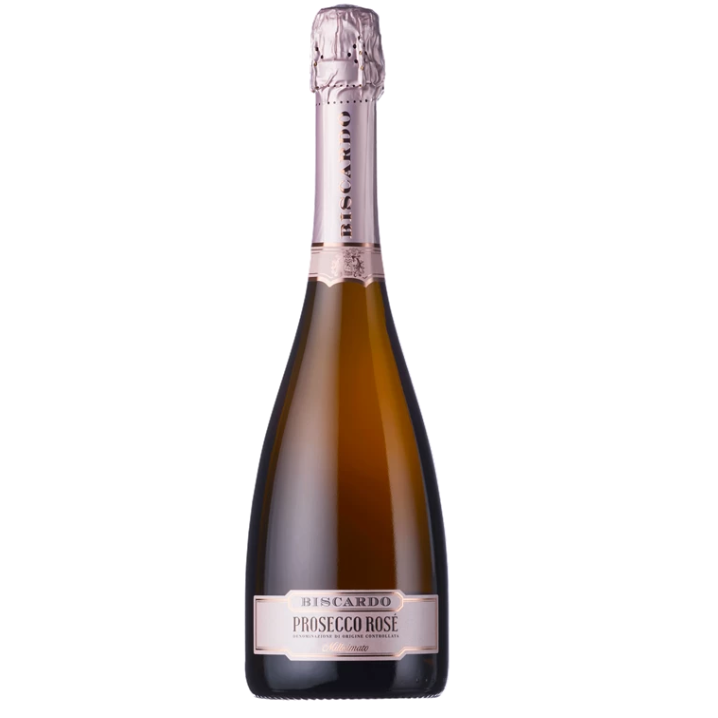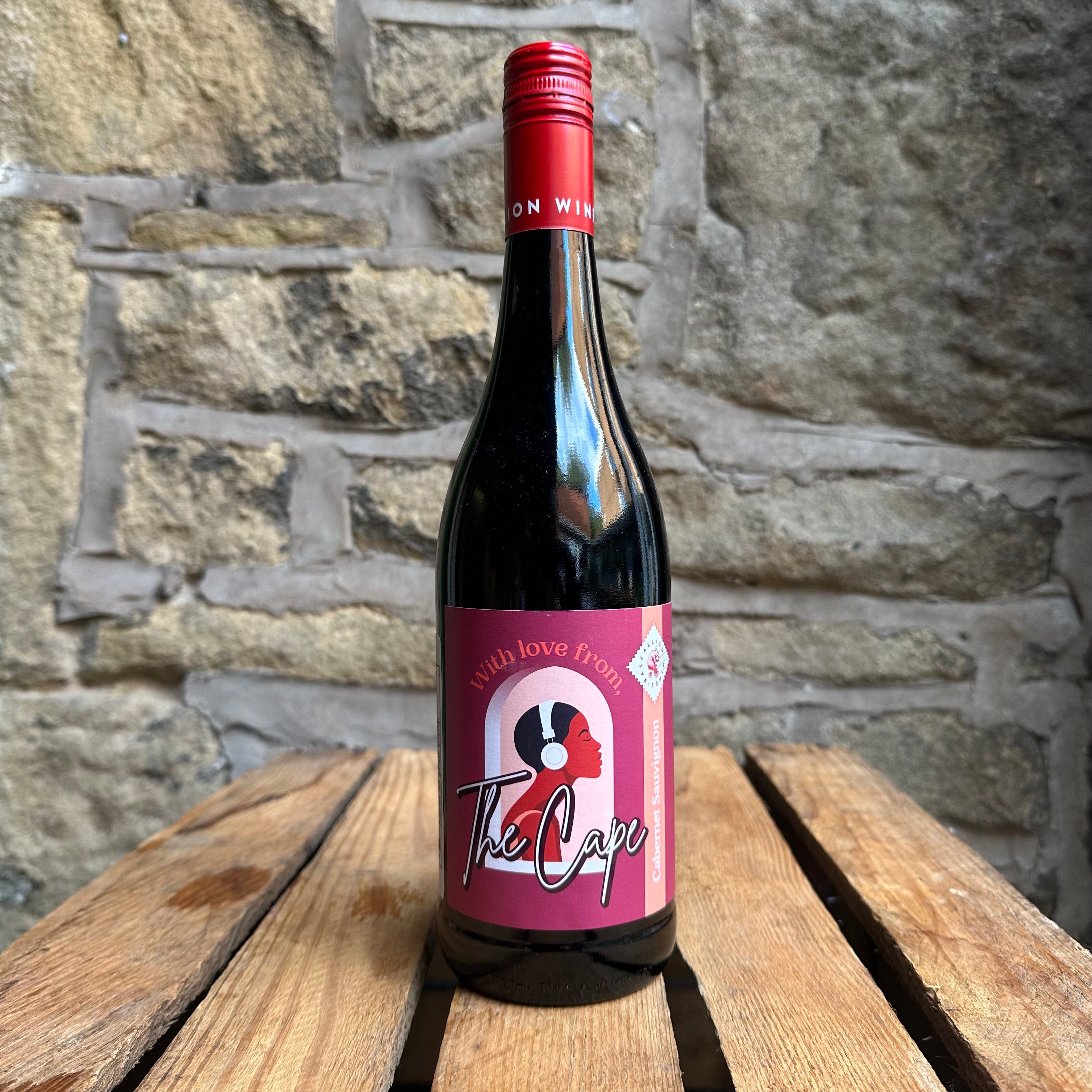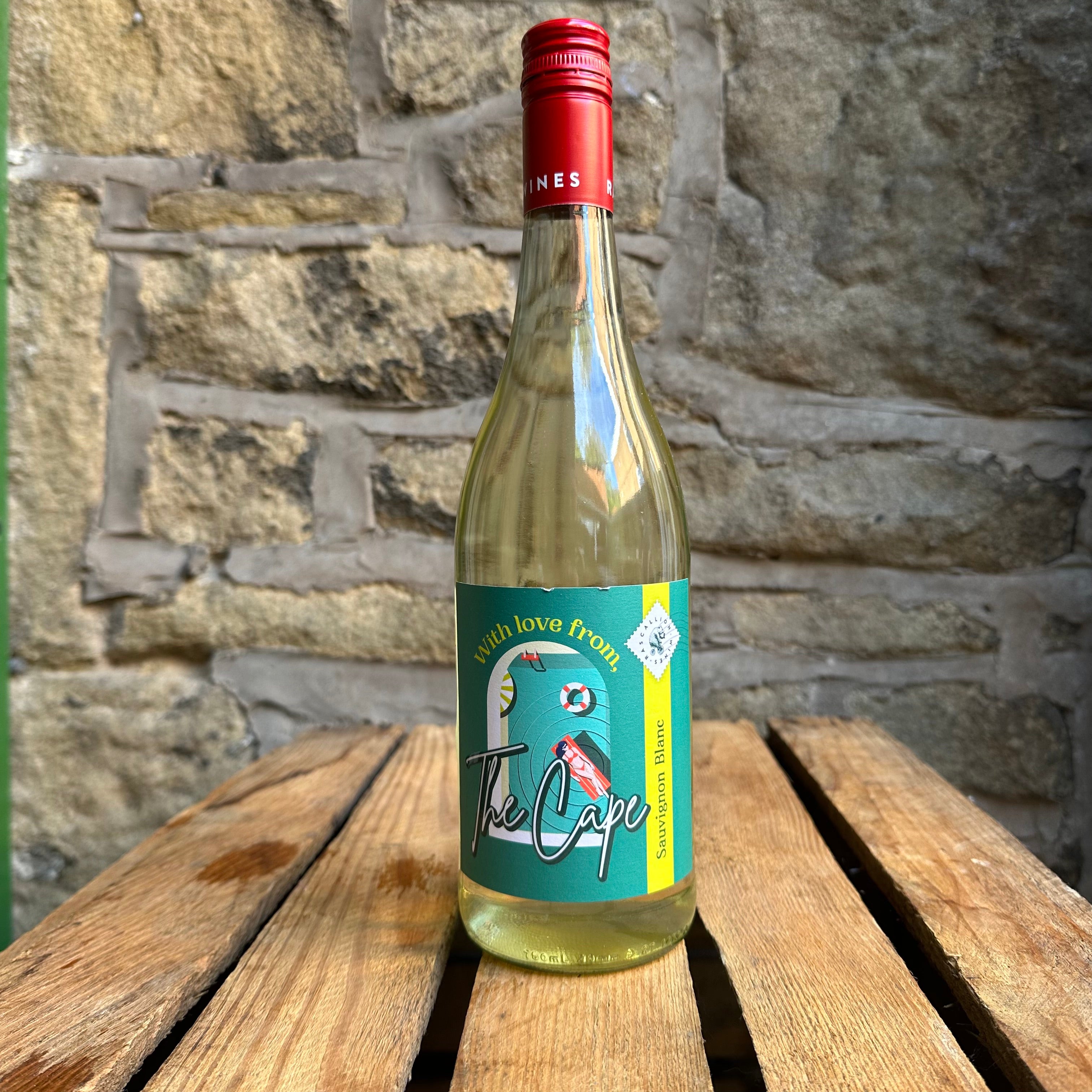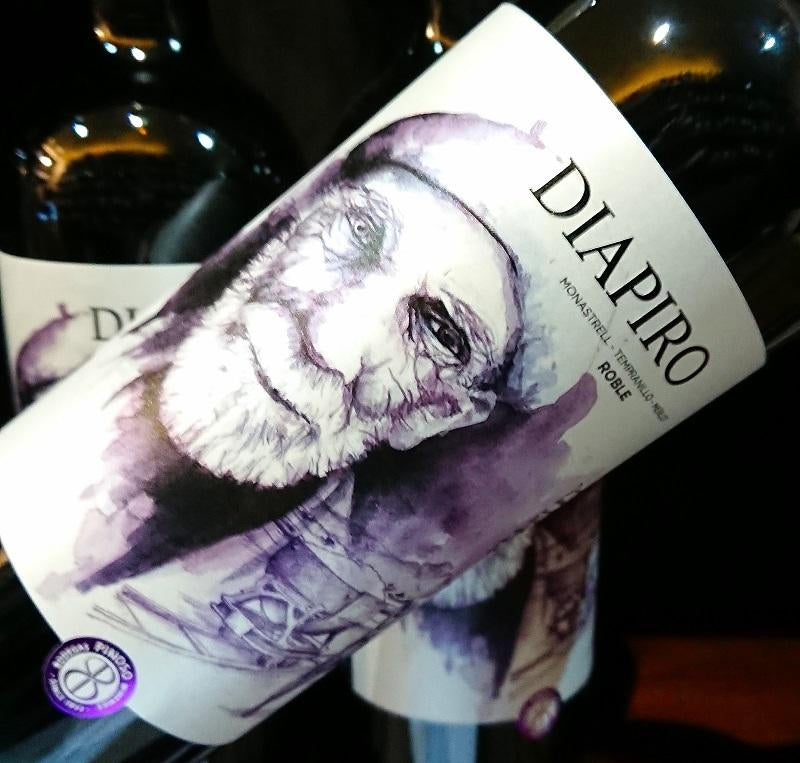
A-Grade Spain

We love the variety of wines produced across Spain, and this week look at what is offered by the regions of Alicante and Almansa; areas close to each other yet individually distinctive. Read on to find out what to look out for from their wines.
Alicante is based on the south-eastern coast by the Mediterranean sea and has had official wine region status since 1957. Vineyards on the Mediterranean climate coast are generally known as from the La Marina area, benefitting from warm summers, mild winters and good rainfall. Those more inland are known by the name of their river, Vinalopo, and have much hotter summers yet colder winters and lesser rainfall. This has an effect on the main grapes grown in each area.
Grape vines have been grown here for over two thousand years, since the ancient Romans. Today, there are over 14,000 hectares of vineyards. Typical grapes include Monastrell (aka Mourvedre), Bobal, Tempranillo, Alicante Bouschet, Merlot, and white grapes Macabeo and the native Merseguera. Diapiro Merseguera (12.5% £12.20) uses this native grape, taking special care to hand harvest and then partially fermented in new French oak barrels before slight ageing on the lees to keep the fine bouquets and create harmonious balance. Lots of apricot, peach, grapefruit alongside white flowers and a touch of bitter almond and mint makes a complex yet pleasantly fresh wine.
Alicante's wine trade thrived from the 16th Century, and pre-millennium was known for quite high yield, mass production of wines. More recently, many winemakers have been focusing on more refined production of wines and gaining international success. This has led to a shift amongst its winemaking culture, certainly for the better! Diapiro Roble Alicante (15% £12.20) is an example of this quality, using the best of Bodega de Pinoso's hand harvested grapes (Monastrell, Tempranillo, Merlot) with 4 months in French oak for luxurious composition and a high 15% abv without loss of elegance. Think ripe red and black fruit, chocolate, aromatic herbs and hints of eucalyptus and balsamic tones.
Almansa is the smallest wine region of Castilla La Mancha, further inland and slightly northwards from Alicante. A more recent official wine region, Almansa was only recognised in 1966, but has the same history of wine making since the 16th Century.
Typical grapes include Monastrell, Tempranillo and Alicante Bouschet (known here by its alternative name, Garnacha Tintorera) that are also loved by neighbouring Alicante. Other red grapes are those persisting with the warmer climate, such as Cabernet Sauvignon and Syrah, whilst white grapes include the more hardy Verdejo, Chardonnay and Sauvignon Blanc. The climate is very warm resulting in most vineyards being created at high altitude to for cooling effects. Limited rainfall is also an issue, but the limey soils used for growing vines make a critical difference by retaining water for as long as possible.
Winemakers Adaras create carefully produced organic wines to show what can be achieved with passion. Their Lluvia Blanco (13% £10.80) equally blends Sauvignon Blanc and Verdejo from their high altitude Venta la Vega vineyards 850m above sea level. A refreshing and bright wine with harmonious balance it bursts with tropical fruit. Their Aldea Tinto (13% £10.80) blends the warm climate loving Garnacha Tintorera and Syrah before spending 3 months in French oak barrels. Beautiful hints of violet combine with fresh minerality from the limestone and red fruits for an expressive and clean wine.

